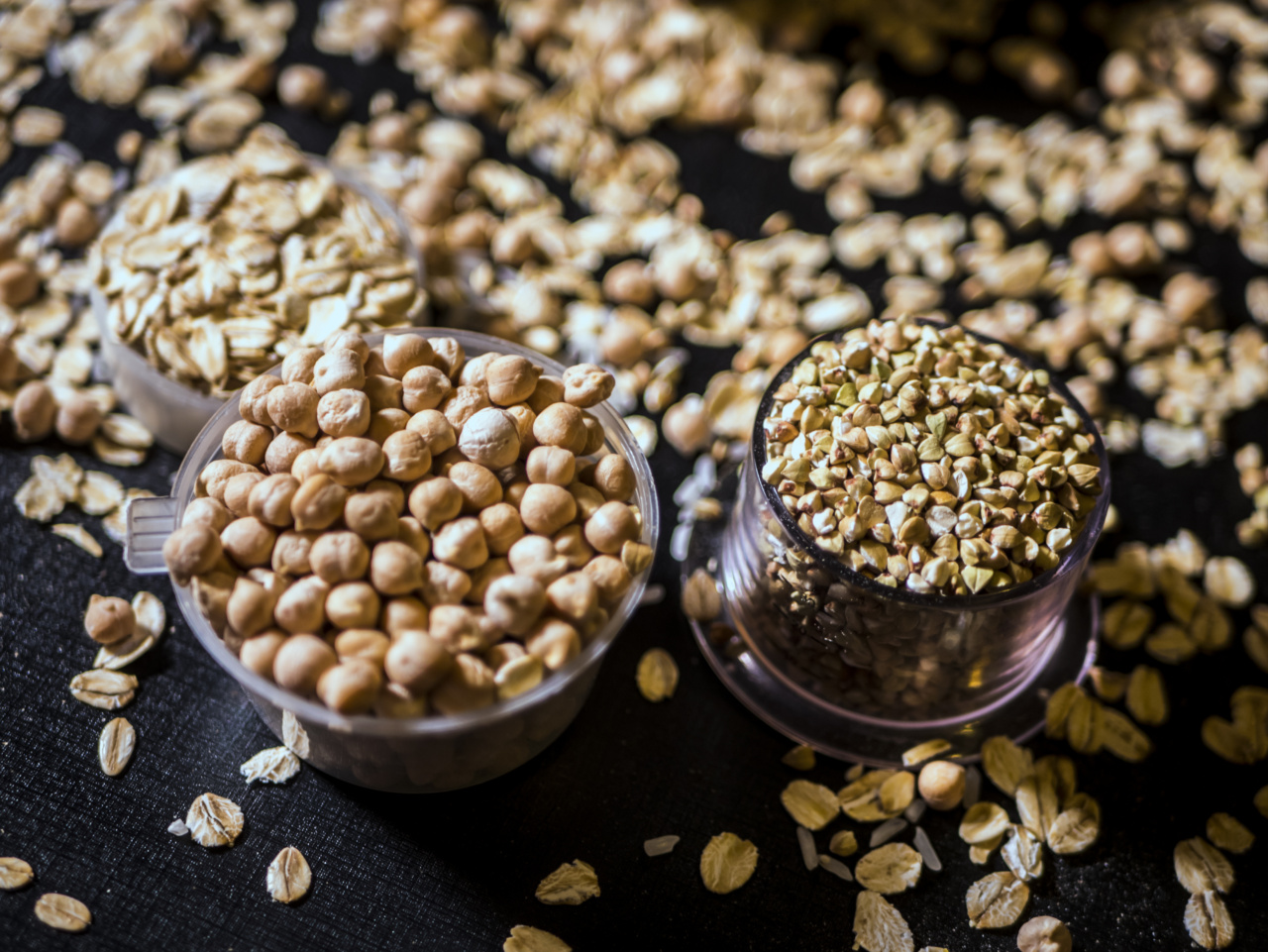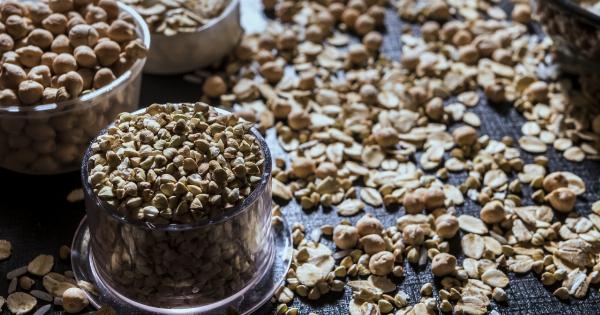Diabetes, characterized by high blood sugar levels, is a chronic condition that affects millions of people worldwide.
It is a major public health concern, causing various complications and increasing the risk of heart disease, stroke, kidney failure, and blindness. Managing diabetes requires careful attention to diet and lifestyle choices. One crucial aspect of a diabetes-friendly diet is the consumption of whole grains.
In this article, we will delve into the link between whole grains and diabetes risk, exploring the benefits of including whole grains in a balanced diet for individuals with or at risk of diabetes.
Understanding Whole Grains
Whole grains are grains that still contain all three components: the bran, germ, and endosperm. This means they retain all the essential nutrients and fiber naturally present in the grain.
Common examples of whole grains include whole wheat, brown rice, oats, barley, and quinoa. In contrast, refined grains undergo processing that removes the bran and germ, stripping away many of the beneficial nutrients.
The Glycemic Index and Diabetes Risk
The glycemic index (GI) is a scale that ranks carbohydrates based on how they affect blood sugar levels. Foods with a high GI quickly raise blood sugar levels, while those with a low GI have a slower and more moderate impact.
Individuals with diabetes or pre-diabetes need to manage their blood sugar levels, making the GI an important consideration in meal planning. Whole grains, often lower on the GI scale compared to refined grains, provide a slower and more sustained release of glucose into the bloodstream.
Fiber Content and Blood Sugar Control
Fiber is a type of carbohydrate that is not digested by the body. It passes through the digestive system relatively intact, providing numerous health benefits.
Whole grains are excellent sources of dietary fiber, which plays a crucial role in blood sugar control. Fiber slows down the absorption of glucose, preventing rapid spikes in blood sugar levels. Furthermore, it promotes feelings of fullness and can aid in weight management, as excess weight is a risk factor for developing type 2 diabetes.
Whole Grains and Reduced Diabetes Risk
Evidence suggests that a diet rich in whole grains is associated with a reduced risk of type 2 diabetes.
Several studies have shown that consuming whole grains is linked to improved blood sugar control, insulin sensitivity, and a lower risk of developing diabetes. Researchers believe that the combination of beneficial nutrients, fiber, and bioactive compounds found in whole grains, such as antioxidants and phytochemicals, contribute to these protective effects.
Whole Grains and Cardiovascular Health
Individuals with diabetes face an increased risk of cardiovascular disease. However, incorporating whole grains into the diet can help mitigate this risk.
Whole grains have been shown to lower LDL cholesterol levels (the “bad” cholesterol), reduce blood pressure, and improve overall heart health. These factors are crucial for individuals with diabetes, as cardiovascular complications are a significant cause of morbidity and mortality in this population.
Choosing and Incorporating Whole Grains
When choosing whole grain products, it is important to read labels carefully. Look for products that specifically state they are made with whole grains or use the whole grain as the primary ingredient.
Oftentimes, refined grains are marketed as “multigrain” or “wheat,” but they may still lack the necessary components and nutrients. Aim for variety by incorporating different whole grains into your diet, such as whole wheat bread, brown rice, barley salads, whole grain pasta, and oatmeal.
Cooking with Whole Grains
Cooking with whole grains can be a fun and creative way to add them to your meals. Experiment with recipes that include whole grains, such as quinoa salads, whole wheat pizza crusts, or oat-based muffins.
Whole grains can also serve as a base for dishes, like pilafs or stir-fries. By incorporating whole grains into your meals, you can enjoy their nutritional benefits while diversifying your diet.
Whole Grains and Other Diabetes-Friendly Foods
While whole grains offer numerous benefits for diabetes management, it is important to consume a well-rounded diet.
Include other diabetes-friendly foods, such as lean proteins (chicken, fish, tofu), fruits and vegetables, healthy fats (avocado, olive oil), and low-fat dairy products. Creating balanced meals that combine whole grains with these components can help regulate blood sugar levels, enhance overall health, and prevent complications associated with diabetes.
Conclusion
Whole grains play a vital role in managing diabetes and reducing the risk of developing the condition.
Their favorable impact on blood sugar control, along with their heart-healthy properties, make them an excellent choice for individuals with or at risk of diabetes. By incorporating a variety of whole grains into a balanced diet, individuals can enjoy the nutritional benefits while reducing diabetes risk and maintaining overall health.





























